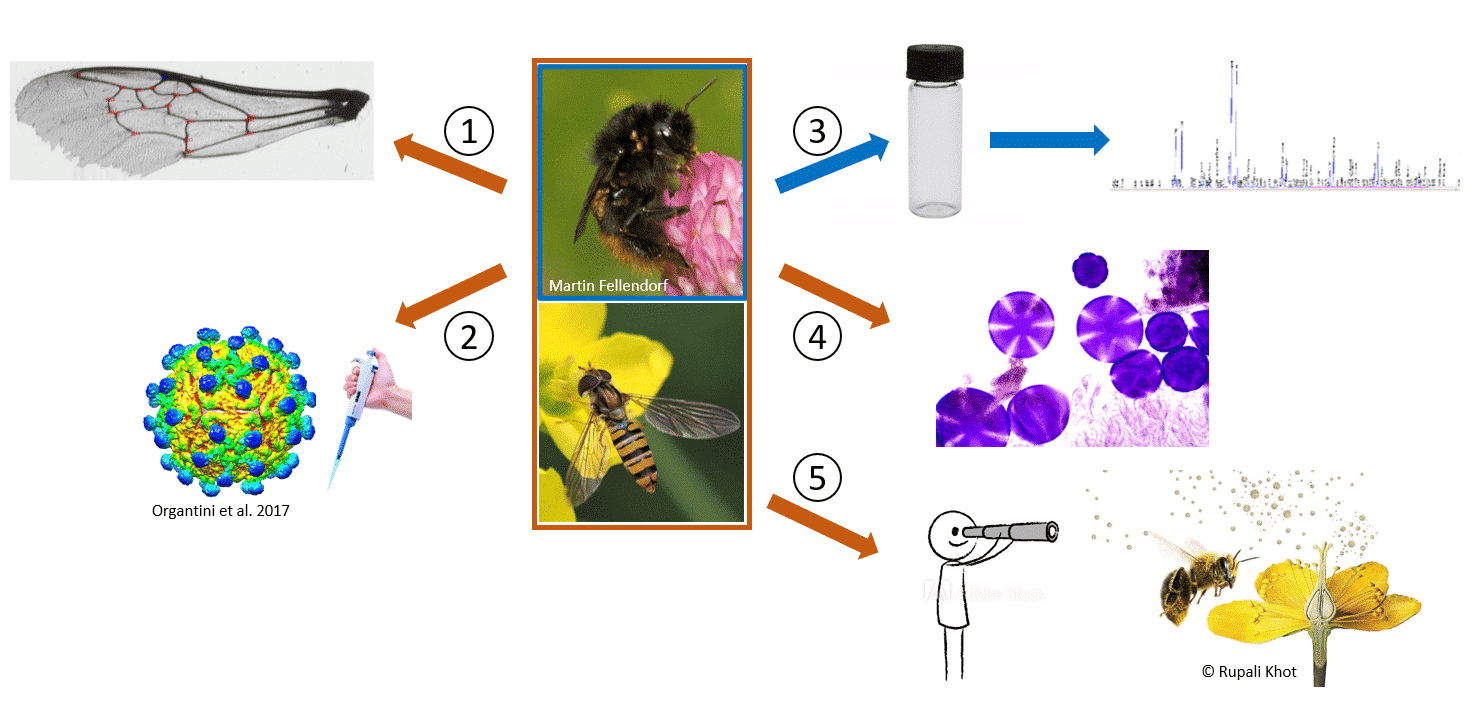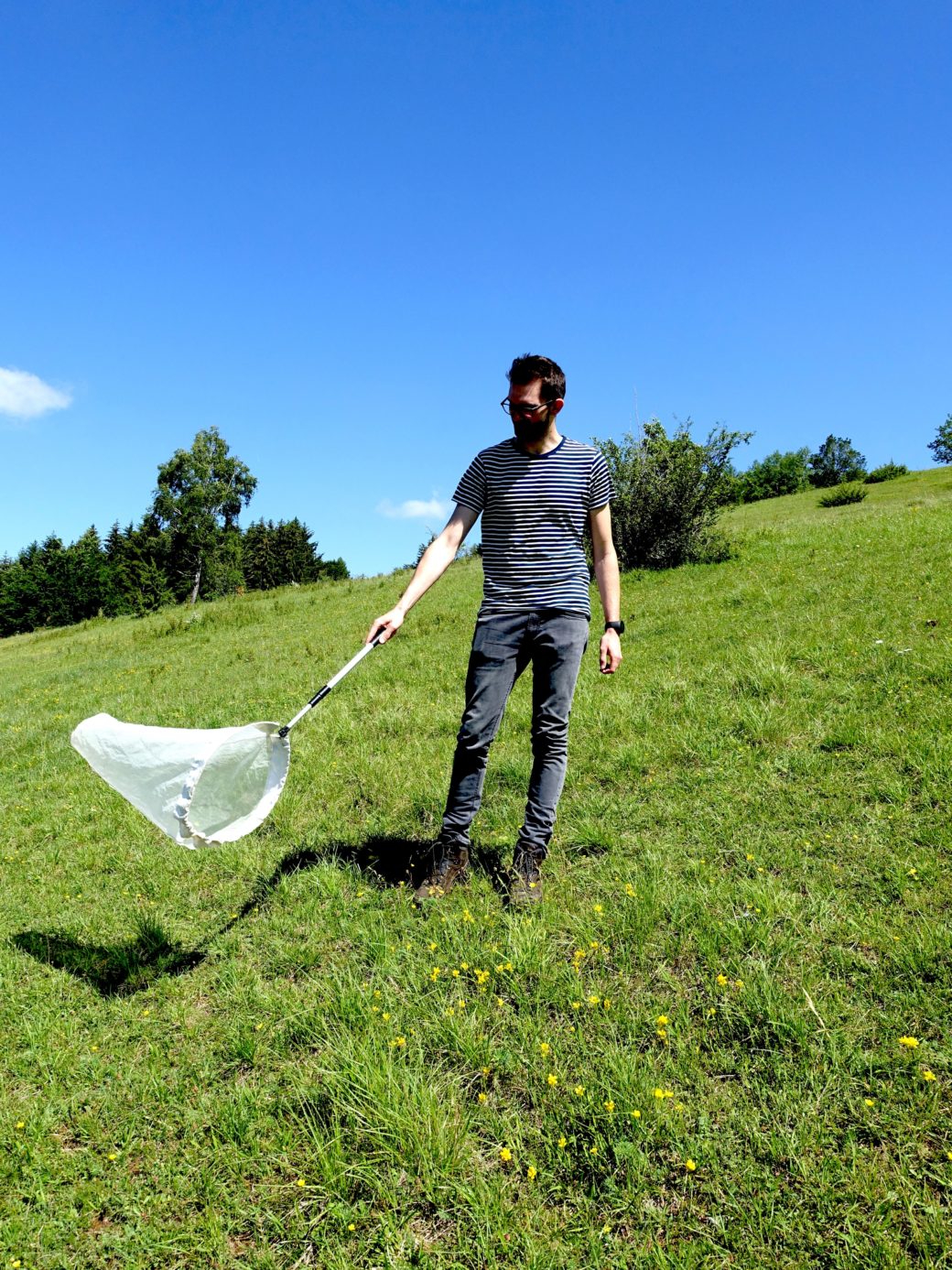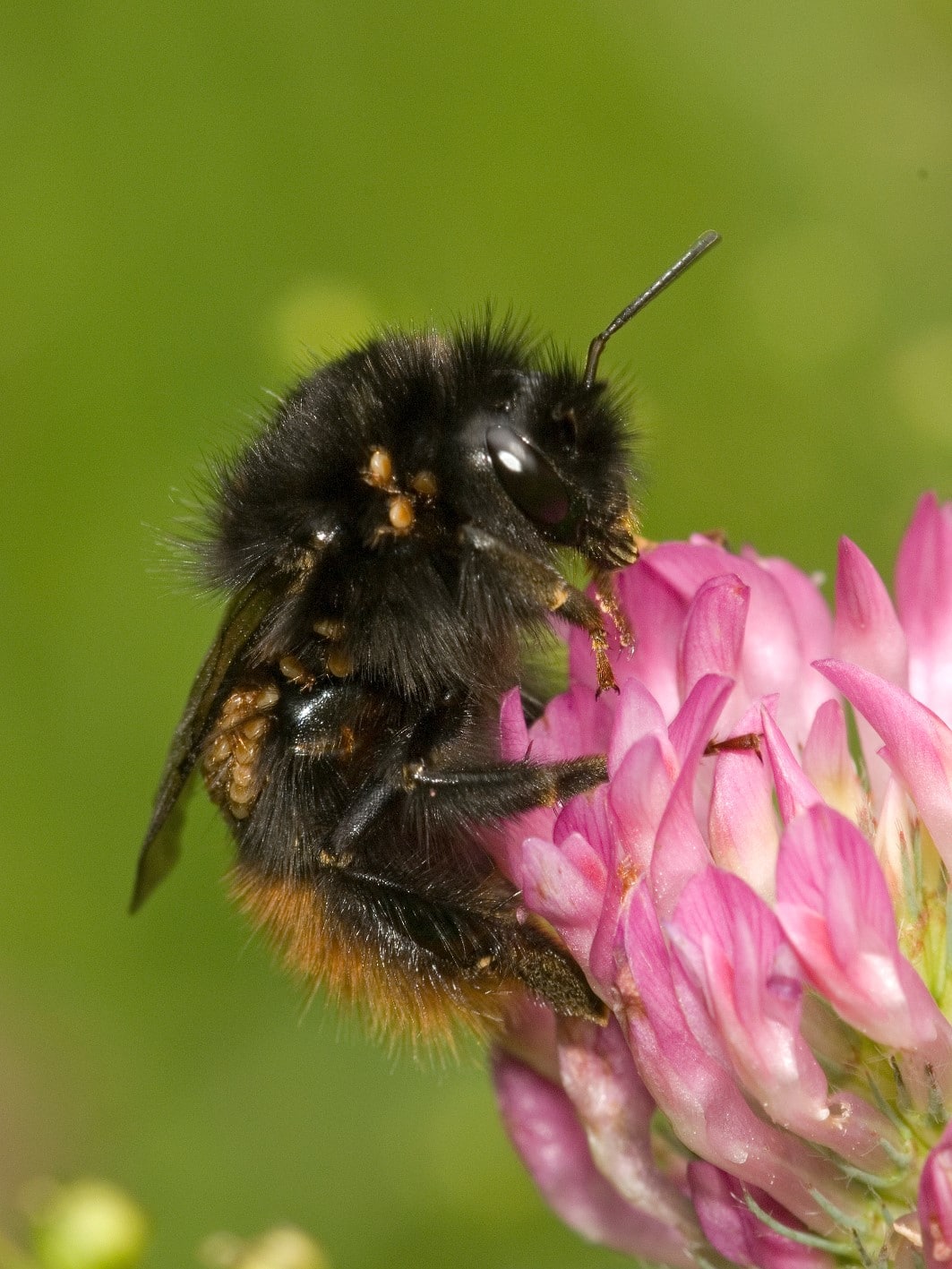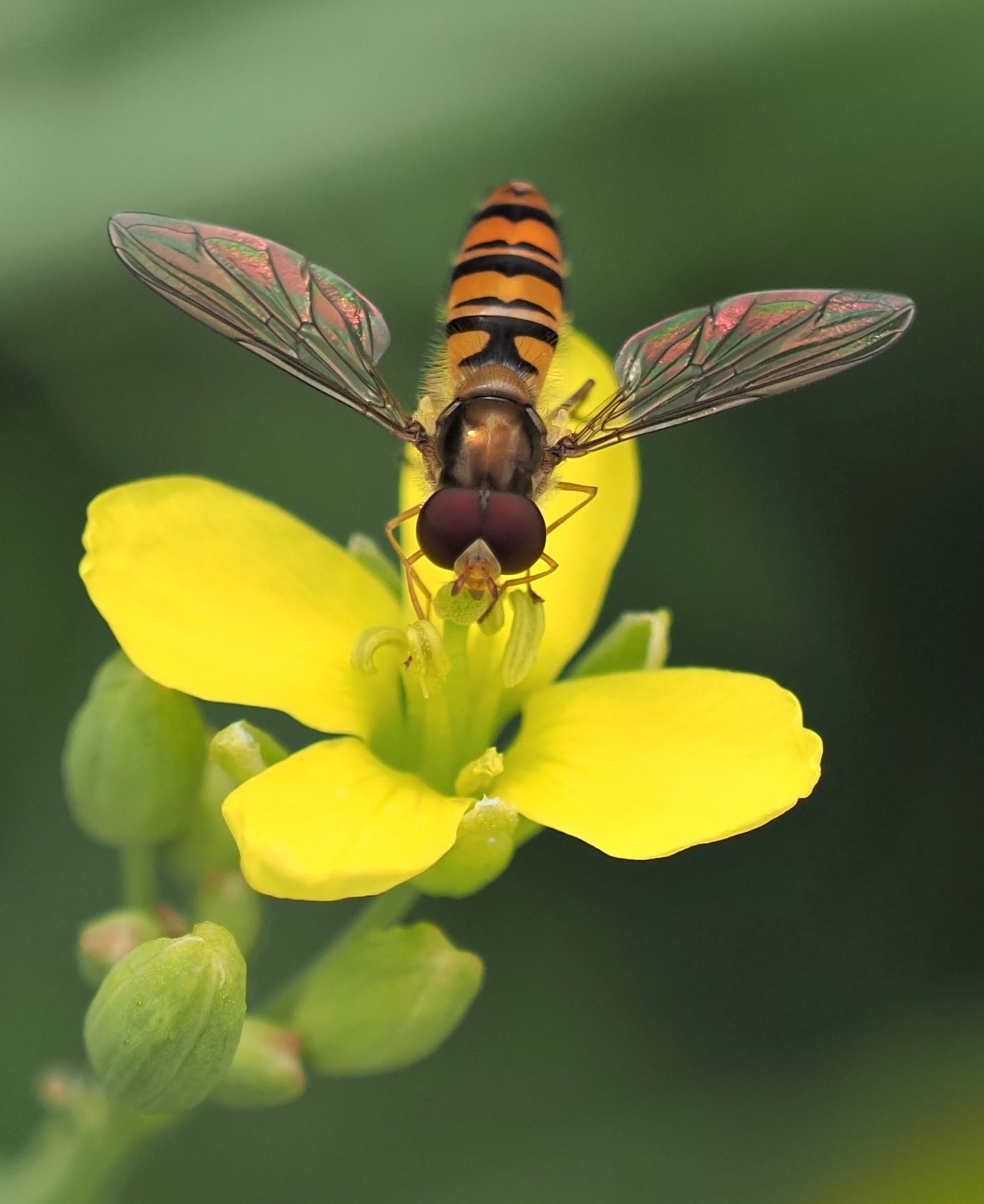Effects of land-use intensity on pollinator health and pollination services
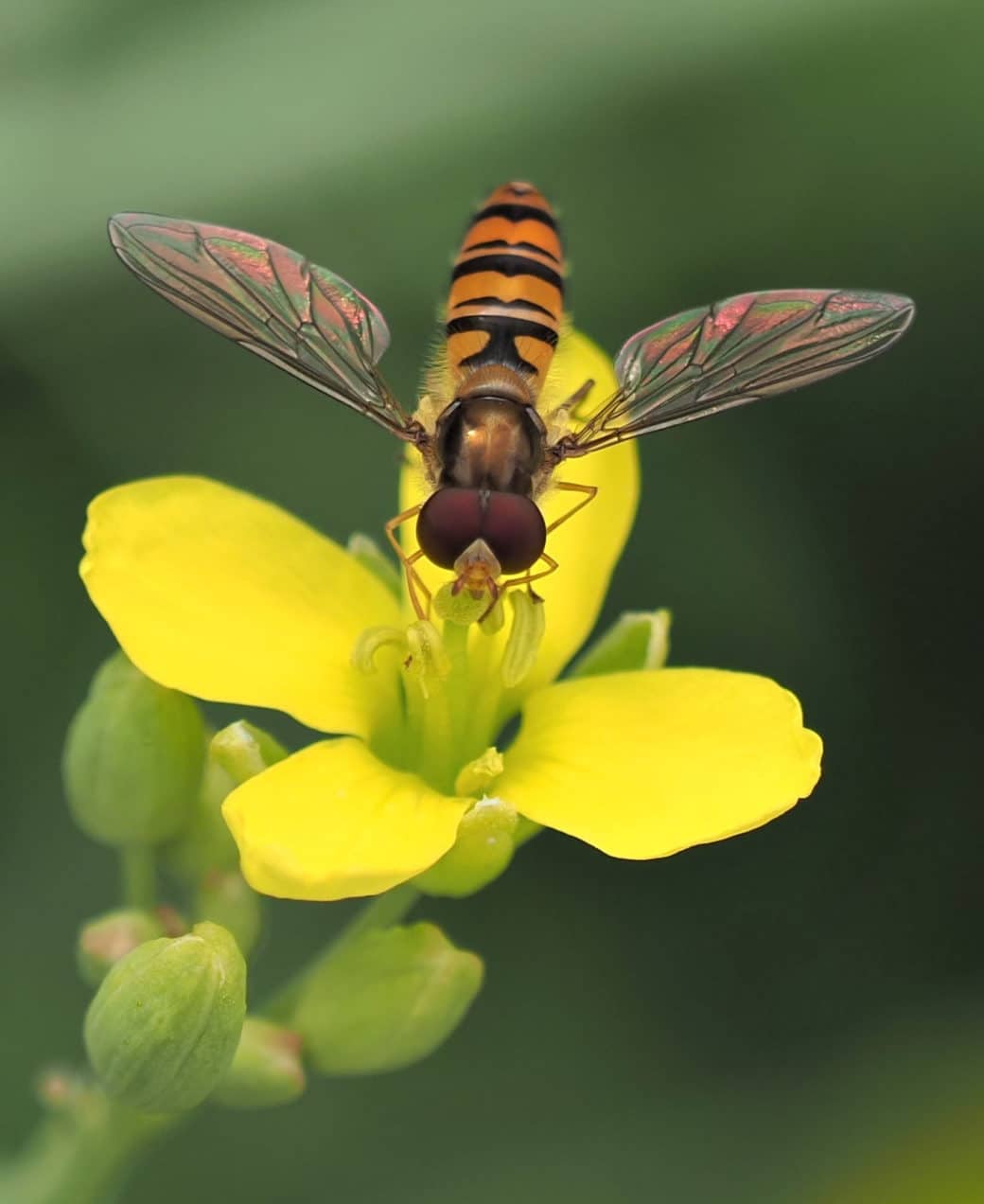
Pollinators contribute to biodiversity and are vital for ecosystem functioning. In the last decades, a global decline of pollinator species and individuals has been observed. In intensively used agricultural areas, pollinators suffer from habitat loss and fragmentation, exposure to pesticides and declining food sources. Thus, land-use intensity represents a major threat for pollinators in such landscapes. These stressors can affect pollinator health, resulting in developmental changes (e.g., wing asymmetry), physiological changes (change of pheromone composition) or increased viral loads. In return, such changes in pollinator health may cause changes of foraging activity or behaviour, what can ultimately result in a loss of pollination services. Therefore, it is important to disentangle the links between land-use intensity, pollinator health and pollination services in order to preserve pollination services and ecosystem functioning in our agricultural landscapes.
In this project we pursue two major goals: (I) identification of the effects of land-use intensity on pollinator health and (II) disentangle how connections of land-use and pollinator health affect pollination services. We will focus on two species, Bombus lapidarius and Episyrphus balteatus, which represent two major pollinator groups: bumble bees and syrphid flies. For this purpose, we will collect field data on pollinator health and pollinator behaviour of the pollinator species in the grassland plots of the exploratories and conduct lab- and common garden experiments.
We will analyse the effects of land-use intensity on several pollinator health indicators, such as asymmetric wing development, body size, viral loads and composition of cuticular pheromones. For the analysis we will use the land-use index (LUI), pesticide use, data on plant abundance and diversity, and land cover types in the surrounding as surrogates for land-use intensity.
Hypotheses
- Viral loads and asymmetric wing development are positively correlated with increasing land-use intensity.
- The amount of cuticular pheromones decreases and their composition changes with increasing land-use intensity.
Methods
Up to ten individuals of B. lapidarius and E. balteatus will be collected in all 150 grassland plots of the exploratories and analysed for pollinator health indicators. In a fully-crossed two-factorial labour experiment we will simulate different intensities of land-use by exposing the pollinator species to different diets and pesticide amounts to identify underlying mechanisms between land-use intensity and pollinator fitness.
To disentangle links between land-use intensity, pollinator health and pollination services, we will conduct pollen analysis and observations on pollinator behaviour.
Hypotheses
- The amount of collected pollen decreases and its composition changes with increasing land-use intensity and decreasing pollinator health.
- Foraging behaviour changes and pollinator efficiency decreases with increasing land-use intensity and decreasing pollinator health.
Methods
We will conduct analysis on pollen amounts and diversity with the pollinator individuals collected in the field. Additionally, we will perform observations on pollinator behaviour in all grassland plots of the exploratories. Amongst others, we will examine the visit duration, flight distance between two plant individuals and floral constancy (number of plant species visited in a certain period). In common garden experiments, we will make observations on pollinator behaviour of B. lapidarius und E. balteatus in flight cages under simulation of different land-use intensities to uncover causal correlations between land-use, pollinator health and pollination services.
To determine whether the correlations between pollinator health and land-use intensity are constant over time, B. lapidarius and E. Balteatus individuals from previous projects are used (2008 and 2012), ‘Arthropods II: Pollinators’ and ‘Response’, PI: Blüthgen and ‘Landscapes’, PI: Westphal) and compared with the currently collected data. Here we focus on the analysis of asymmetric wing development and body size as indicators of pollinator health.
Hypotheses
- Wing asymmetry is positively and body size negatively correlated with increased land-use intensity.
- Relationships between land-use intensity and pollinator health are constant over time, e.g. increased land use results in decreased pollinator health.
